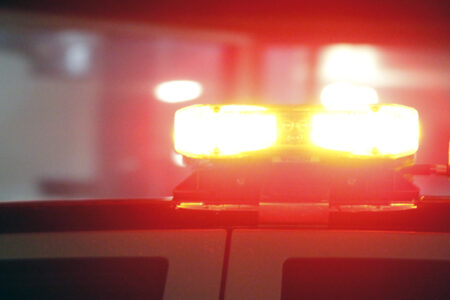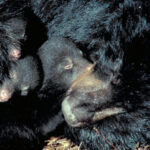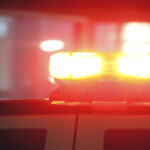The Winter Life of Black Bears
Local black bears are in their fall phase of intense eating, known as hyperphagia. They are opportunistic eaters, so they will eat pretty much anything they find right now. They must gain 3-4 pounds per day, increasing their body weight by 20-50% by the time they enter their den. They seldom sleep more than three or four hours a day during this phase, resulting in sleep deprivation.
Be sure to secure your garbage; they can get very sick from it. Don’t leave snacks or even the wrappers in your car, and please don’t feed them. This is serious business for them if they are to survive the winter when food is scarce. You don’t want to be known as a food source.
Black bears have been on the lookout for a good denning spot throughout the summer. As the deciduous trees lose their leaves and grasses turn brown, they will begin to prepare their den by pawing the leaves and grasses in for insulation. Come snowfall, they’re ready.
Pregnant females are the first bears to turn in for the winter, followed by other females and young bears of both sexes. Healthy adult males with deep fat reserves are typically the last bears to den. These large males will sometimes simply curl up against a hill or pile of fallen trees, gather some leaves and other debris around them, and let the snow cover them.
When pregnant, bears will try to choose den sites near large trees. Come spring, these trees provide cubs with a place to rest in the shade when their mom is out foraging, and offer safety in the upper branches if there is danger. A favourite spot in old-growth forests is a large rotting tree, though there aren’t many left. In some areas, mothers-to-be select sites near a body of water or a wetland where early spring foods, such as skunk cabbage, grow.
While searching for a den (due to human activity, last year’s den may not be an option), they may consider your shed or the area under your porch as a good spot.
Steps to discourage bears from denning around your home:
- Close and lock sheds, root cellars and outbuildings.
- Check under porches and decks for areas and openings where bears might curl up. Barricade as best you can. If you can’t barricade the area effectively, consider using electric fencing; it has proven to be effective. The area under your porch is often a perfect choice for them, but it can become a dangerous situation for you.
- If you have a summer home or cabin, in addition to locking it up tight for the winter, remove all food and anything with an odour that could attract bears.
Bears are not true hibernators. Squirrels, bats, rodents, marmots, and other true hibernators enter a state close to suspended animation, where body temperatures drop close to freezing and their metabolisms slow almost to a halt. A bear enters a state called torpor. Their metabolism, heartbeat, and respiration rate drop dramatically, but their body temperature only drops about 12 degrees.
Bears’ dens are remarkably clean and odour-free; their bodies recycle waste liquids and efficiently absorb fat. They also heal from any minor injuries they may have. Before denning, they have been observed to groom more; the hair, dry leaves, and dirt form a ‘plug’ that stops any fecal matter from being deposited in the den. They go through sleep and wakeful periods and will move around in their den; they don’t lose much muscle mass. The bear’s back is positioned in front of the den entrance. Occasionally, they might pop their bottom out and have a pee, or stick their head out and eat a bit of snow.
Pregnant sows give birth in their dens, nurse their cubs, and even clean the cubs while they are in this semi-dormant state. Pretty good trick!
Never try to look into an occupied bear’s den. They wake up very quickly and can swiftly react to danger.
We’re always looking for new volunteers! You can learn about and help these marvelous wild creatures, and help your community stay safe. Find our website at https://rosslandsustainability.com. Tap the Rossland Bear Smart Task Force tab and send us an email under ‘GET INVOLVED’. Mention our task force name in your comments. Thank you!
Nancy Bulman and Sue Wrigley, of the Rossland Bear Smart Task Force, wrote this article.
























